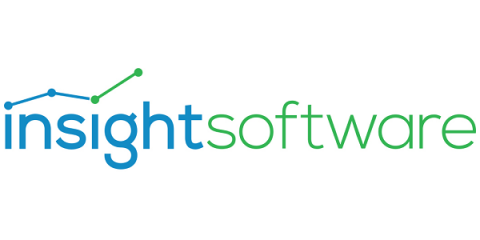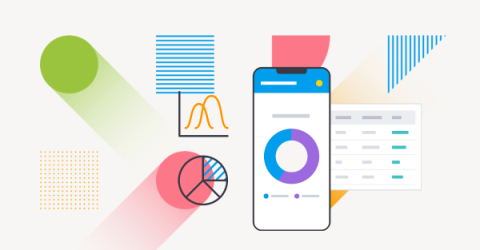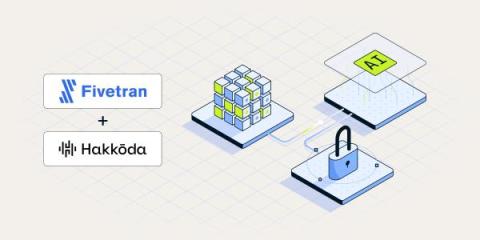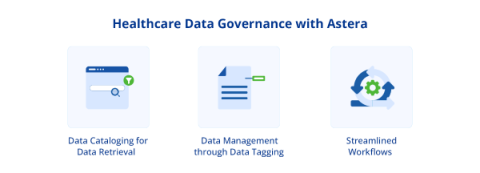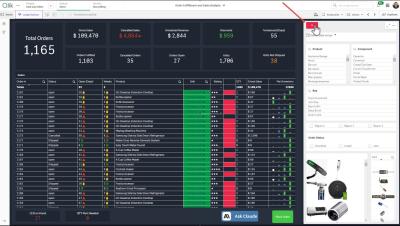Learning Qlik Sense: Top Tips for Getting Started with Qlik
Table of Contents April 23, 2024 insightsoftware is a global provider of reporting, analytics, and performance management solutions, empowering organizations to unlock business data and transform the way finance and data teams operate. You’ve just decided to start using Qlik within your team. Amazing!


